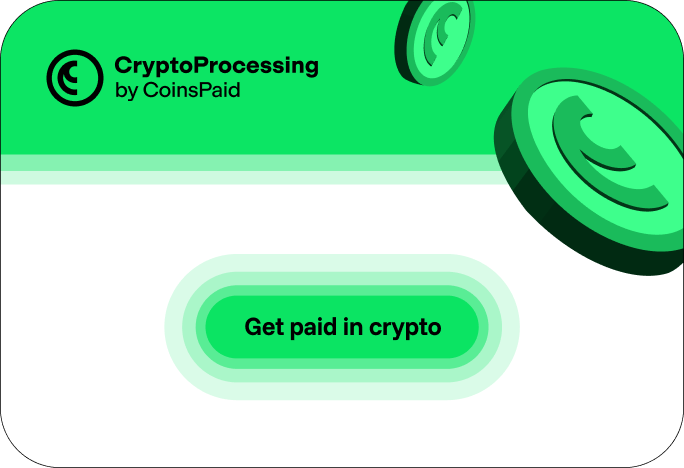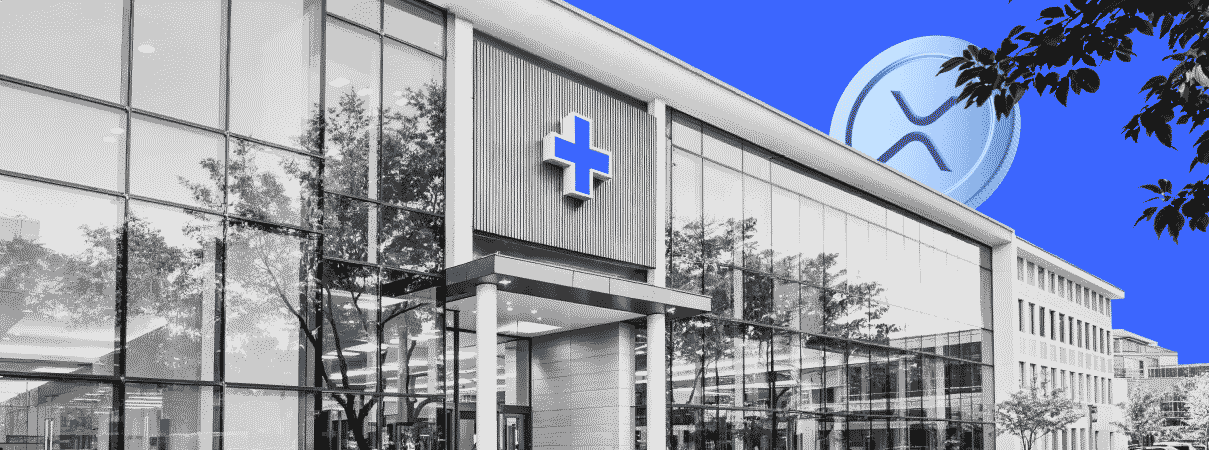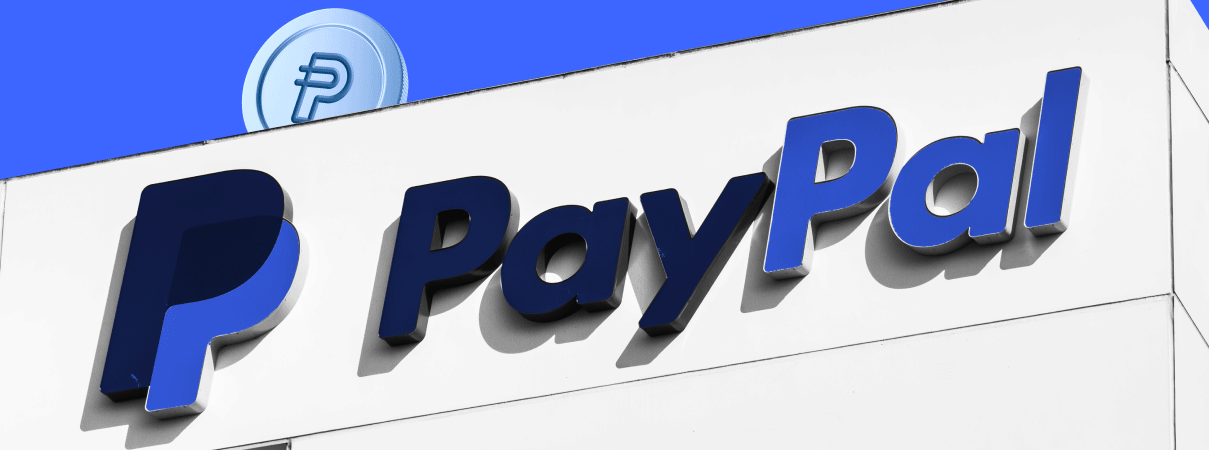The transmission of financial data is a cornerstone of today’s global financial system. Until recently, major banks and payment providers relied on short-form SWIFT messages to process cross-border transactions — a format constrained by minimal data content. But as the scale and complexity of global commerce have grown, so has the demand for a more flexible, data-rich standard. Enter ISO 20022: an international framework that enables more informative, transparent, and structured communication across the global payments ecosystem.

What Is ISO 20022 — In Plain Terms
ISO 20022 is an international standard that defines a universal format for exchanging financial information between banks, FinTech companies, and other financial institutions. Developed by the International Organization for Standardization (ISO) in 2004, it was designed to establish a consistent structure and content for financial messages, standardize how data is interpreted across systems, and reduce the risk of errors in automated processing.
The reliability and completeness of transmitted data are critical to the global financial industry, given the daily massive volumes that flow through payment systems. For example, in March 2023, the European TARGET2 system processed an average of €2.2 trillion daily.
Three key factors drove the emergence of ISO 20022:
- The need to unify fragmented messaging formats used across different countries and among various types of financial institutions.
- Heightened regulatory demands for transaction transparency and stronger safeguards against financial crime.
- Financial transactions’ growing volume and complexity require more detailed and structured information.
In addition, a globally standardized system for financial messaging helps optimize operational workflows by reducing reliance on intermediaries and enabling higher levels of payment processing automation (STP).
ISO 20022 is used in a wide range of contexts:
- global payments and financial transactions;
- securities and capital markets operations;
- P2P transfers via payment cards;
- trade finance and foreign exchange transactions;
- compliance processes, client data exchange, and account and transaction reporting.
Technically, the standard is defined by several key features:
- it uses XML, which allows for detailed data structuring and easy expansion of message formats;
- it enables the inclusion of more information in a single message, simplifying transaction automation and data collection for analytics;
- and it is built on an open architecture, which makes it easier for different market participants to integrate and adopt.
ISO 20022 supports rich data structures, which allow messages to include detailed payment purposes, party addresses, identification codes, and document references. Using customizable Business Information Entities (BIEs), the standard offers flexibility to tailor processes to specific business needs. Moreover, the modular architecture of ISO 20022 allows for version updates without requiring complete system overhauls — reducing technical risks and enabling faster adaptation to evolving regulatory requirements.

Who’s Adopting ISO 20022 — and Why
Major international financial institutions, including the World Bank, the International Monetary Fund (IMF), the Financial Stability Board (FSB), the Financial Action Task Force (FATF), and other key global standard-setting bodies, have backed the rollout of ISO 20022.
The standard is being adopted worldwide by major financial institutions and payment systems. Key implementation efforts include:
- SWIFT began its global migration to ISO 20022 in November 2022 and aims to complete the transition across its infrastructure by November 22, 2025. In addition, in March 2023, SWIFT launched the Cross-Border Payments and Reporting Plus (CBPR+) initiative, which promotes the global adoption of ISO 20022 for cross-border payments and reporting.
- The European Central Bank (ECB) launched T2, a new real-time gross settlement (RTGS) system, in March 2023. ISO 20022 has been fully integrated into this core component of the eurozone’s financial infrastructure.
- The U.S. Federal Reserve plans to fully transition its Fedwire Funds Service — the RTGS system for USD payments — to ISO 20022 by July 14, 2025. Additionally, the architecture of FedNow, the Fed’s instant payment service launched in 2023, was built using the ISO 20022 standard.
Major SWIFT alternatives — including China’s CIPS, India’s SFMS, the Arab region’s BUNA, and South Africa’s SADC-RTGS — have already incorporated ISO 20022 at the architectural level or are actively working toward full implementation.
According to an FSB report, as of 2023, payment systems in more than 100 countries were already operating on the new standard, and financial institutions in over 200 jurisdictions worldwide supported ISO 20022-based messaging.

The Key Challenges Behind ISO 20022 Implementation
By the end of 2025, HSBC analysts project that all major payment market infrastructures (PMIs) will have adopted ISO 20022 as the primary standard for cross-border payments. However, implementation comes with a set of challenges, including:
- significant investment in infrastructure and staff retraining required for technical integration;
- the need to adapt existing internal systems to comply with the new standard;
- financial institutions must operate multiple messaging formats in parallel during the transition phase.
At the same time, full-scale global adoption of ISO 20022 offers substantial benefits for market participants, such as:
- greater transaction transparency;
- easier compliance with regulatory requirements;
- faster payment processing through unified data formats;
- improved customer experience by enabling more detailed transaction information.
In the long term, ISO 20022 has the potential to become the backbone of global financial communication — simplifying international settlements and facilitating the integration of emerging technologies like artificial intelligence into financial workflows. While the transition demands significant investment, the long-term benefits of the standard far outweigh the short-term implementation costs and operational hurdles.










